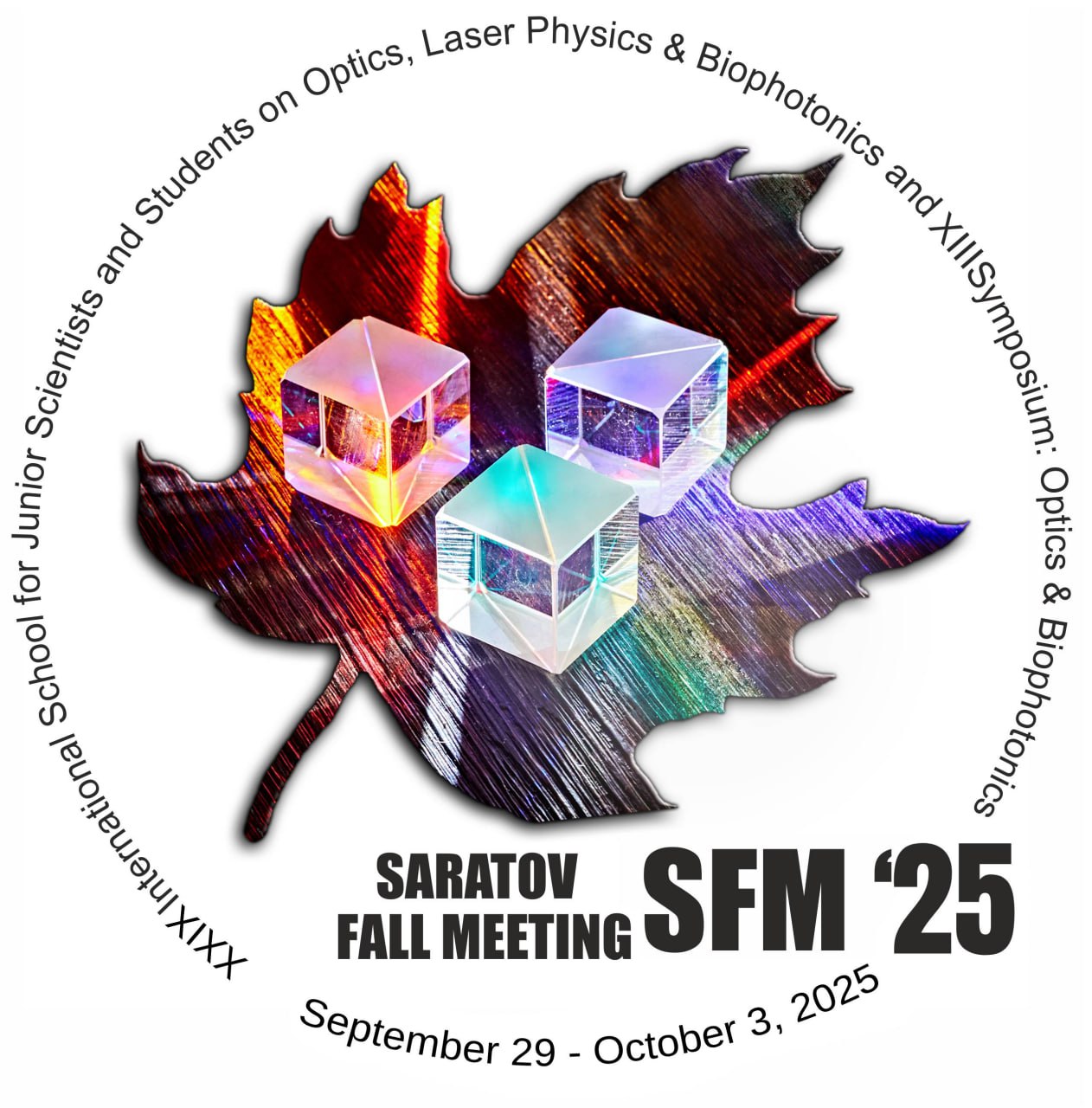Tunable Spiral Zone Plates for THz Vortex Optical Beam Generation
A. V. Radivon,1, A. V. Chernykh,2 A. S. Ezerskii,2 N. V. Petrov,2 N. I. Raginov,3 D. V. Krasnikov,3 A. G. Nasibulin,3 A. V.Arsenin,1,4, V.S. Volkov,1,4 K.I. Zaytsev,5 Gleb M. Katyba,5, 6 and M. G. Burdanova1, 5, 6
1 - Center for Photonics and 2D Materials, Moscow Institute of Physics and Technology, 9 Institutskiy lane, Dolgoprudny, 141701, Russia
2 - ITMO University, St. Petersburg, 191002, Russia
3 - Skolkovo Institute of Science and Technology, Moscow, 121205, Russia
4 - Emerging Technologies Research Center, XPANCEO, Dubai, United Arab Emirates
5 - Prokhorov General Physics Institute of the Russian Academy of Sciences, Moscow, 119991, Russia
6 - Institute of Solid State Physics of the Russian Academy of Sciences, Chernogolovka, 142432, Russia
Abstract
The optical vortex which characterized by the helical wavefront has been attracted attention for multiple applications due to its unique properties. To extend the range of applications where the vortex can be used, tunable structures are highly required. In this work, we propose a spiral zone plates based of the carbon nanotubes (CNT) thin film and deposed on the elastomers which are used for optical vortex generation in the THz frequency range. We studied the intensity field structure near the focus point of the different CNT spirals using the backward-wave oscillator THz imaging technique, supported by numerical simulations based on the scalar theory of diffraction. Moreover, several approaches could be used for manipulation and control of the vortex parameters. In one of them, we combined two spirals and rotated them with respect to one another, having the ability to change the topological charge of the vortex and spatially split the beam into several beams depending onto the rotation angle. On the other side the stretchable polymer film makes possible to tune the geometry of the spiral zone plate and its focus position by the mechanical stretch by analogy with our previous work [1]. These findings open remarkable opportunities for advanced optics based on twistronic and sretchtronics concepts.
This work was supported by the Russian Science Foundation (RSF), research project # 22-72-10033.
The authors acknowledge the ITMO-MIPT-Skoltech Clover initiative
[1] G.M. Katyba, N.I. Raginov, E.M. Khabushev, V.A. Zhelnov, A.Gorodetsky, D.A. Ghazaryan, M.S. Mironov, D.V. Krasnikov, Y.G. Gladush, J. Lloyd-Hughes, A.G. Nasibulin, A.V. Arsenin, V.S. Volkov, K.I. Zaytsev, M.G. Burdanova, Tunable THz flat zone plate based on stretchable single-walled carbon nanotube thin film, Optica, 10(1), 53-61, 2023.
File with abstract
Speaker
Arina Radivon
Center for Photonics and 2D Materials, Moscow Institute of Physics and Technology, 9 Institutskiy lane, Dolgoprudny, 141701, Russia
Russia
Discussion
Ask question


